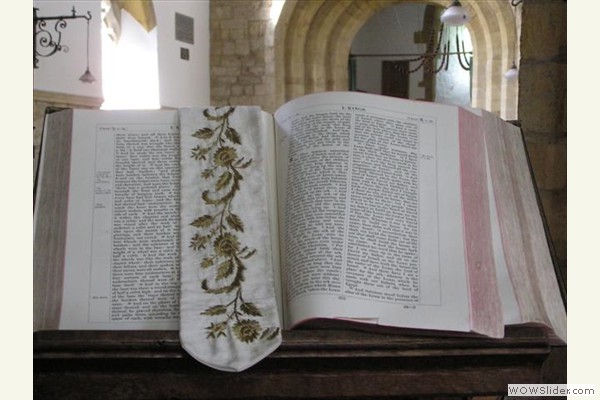
HAYDOCK CATHOLIC BIBLE COMMENTARY ON THE NEW TESTAMENT
PREFACE.
This Epistle, though not at first received as canonical, was acknowledged as such about the end of the fourth age. See Euseb. l. iii. Hist. c. 3. S. Jer. de Vir. Illust. Tillem. art. 33. The design, as it appears, C. i. 13. and C. iii. 1. was to give them admonitions and instructions against teachers of false doctrine, particularly against the Simonites. It seems to have been written a little before his martyrdom, about the year 66. Wi. — In this epistle S. Peter says, (C. iii.) "Behold this is the second epistle I write unto you:" and before, (C. i. 14.) "Being assured that the putting off of this my tabernacle is at hand." This shews that it was written a very short time before his martyrdom, which was about thirty-five years after our Lord's ascension. In this epistle he admonishes the faithful to be mindful of the great gifts they received from God, and to join all other virtues with their faith. He warns them against false teachers, by describing their practices and foretelling their punishments. He describes the dissolution of this world by fire, and the day of judgment. Ch. — This epistle may be considered as the spiritual testament or last will of the apostle, as it contains his last admonitions to the faithful. He first calls their attention to the care they should have of their sanctification and perfection, next to the perils that concern the Church on the part of heretics, those that menaced her in her infant state, and those that will assail her in the latter days, which includes an invincible proof of her perpetuity; for it is the same infallible and indefectible Church that is to encounter the latter as the former trials, but always with promised success. Hence the great S. John Chrysostom says: the same day that shall see the Church of God ended, shall see the end of the world; and to these continued struggles shall succeed perfect peace, to be enjoyed through a blissful eternity. If some are still found to object, that the present epistle was not written by S. Peter, on account of the marked difference of the style, S. Jerom removes this objection thus: S. Peter employed different interpreters, sometimes Glaucias, and sometimes S. Mark; hence the difference of the style, from the diversity of his scribes. S. Mark was with him when he penned the first, but was not with him when he dictated the present. The present epistle contains, as we said above, an account of the last dreadful trials that are to assail the faithful before the end of time; but all that faith teaches us on that subject is: first, That the world will have an end; secondly, that it will end by fire; and thirdly, that the world will not be destroyed, but changed and perfected. Hence all that is said with regard to the duration of the world; on the nature and quality of the fire that is to burn and purify the world; if it be to precede or follow the last judgment, all is problematical, all is doubtful. Hence the Christian knows a good deal, who knows how to entertain proper doubts.
Copyright ©1999-2023 Wildfire Fellowship, Inc all rights reserved

 Keep Site Running
Keep Site Running